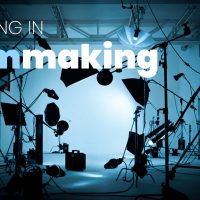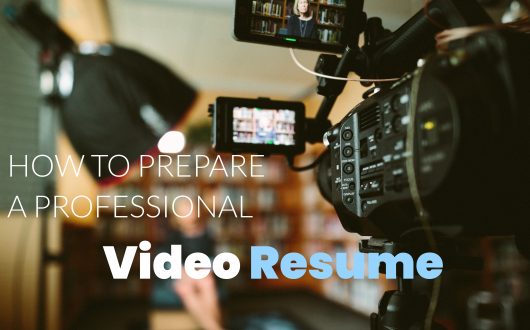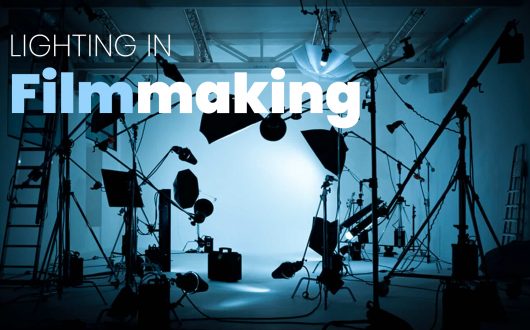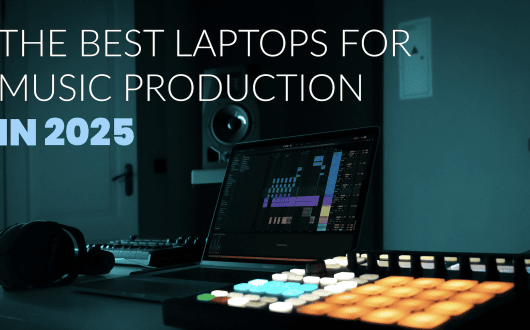
The Audio Buzz Blog

Filmmaking Trends in 2025
Filmmaking Trends in 2025
Each year, we see new trends in filmmaking, or old trends making a return for a new generation. As a filmmaker, you can measure success in different ways, whether it’s commercial success, critical success, artistic merit, or purely self-satisfaction. If you are looking for commercial success, or in other words, if you want to make money, you should always be aware of the current trends. Financially speaking, it’s essential to understand early in your career that making a great film doesn’t always mean making a successful film. Coming up with an idea for a film that people want to see is the first step, and it’s easier said than done. Keeping up to date with current trends is a great way to start your project off on the right foot. But keeping on-trend doesn’t mean you can’t be different! It’s about knowing what to take from a trend, how to put your own spin on it, and when to be a trendsetter (someone has to be brave enough). Let’s take a look at some of the trends set to impact filmmaking in 2025.
Trends come in various forms and are typically born from new technology or a brilliant creative mind.
The most noticeable trends are those that impact our viewing experience.
Trends that impact our viewing experience include popular genres (superheroes, musicals, etc.), reboots, and filming/editing techniques.
However, trends don’t only impact our experience as viewers; trends impact how we make films and, at times, can shift the entire landscape of the film industry.
It’s a good idea to keep up to date with important filmmaking blogs for the latest inside information.
Here are some trends set to do all those things in 2025.
Artificial Intelligence

Photo by Possessed Photography on Unsplash
Love it or hate it, AI is here, and it’s not going anywhere.
The rise of artificial intelligence has come at a rapid pace over the last couple of years and shows no sign of slowing down.
This new technology is already impacting every aspect of the film industry.
We’ve all seen AI-generated video content online, and while it’s far from perfect, it’s getting better every day.
As viewers’, we are soon entering a period when the line between what’s real and what’s digitally created will be almost impossible to see.
Undoubtedly, AI will lead to some cinematic marvels beyond the realm currently possible.
We aren’t there yet; at the moment, AI doesn’t deal with creativity like humans and is best used as an assistant on tedious tasks like planning, sorting/arranging takes, and fixing small errors (lots of post-production tasks).
However, AI learning to deliver material from creative prompts with more realism raises some serious concerns.
On the one hand, it will allow low-budget or no-budget filmmakers to dream big and create movies that would otherwise be beyond their means.
On the other hand, the more creative jobs are handled by AI, the less skilled people are needed, which could potentially impact how and what people learn in the future.
AI training data and copyright issues look set to dominate the film industry’s legal issues in 2025.
All we can do is go along for the ride.
Virtual and Augmented Reality
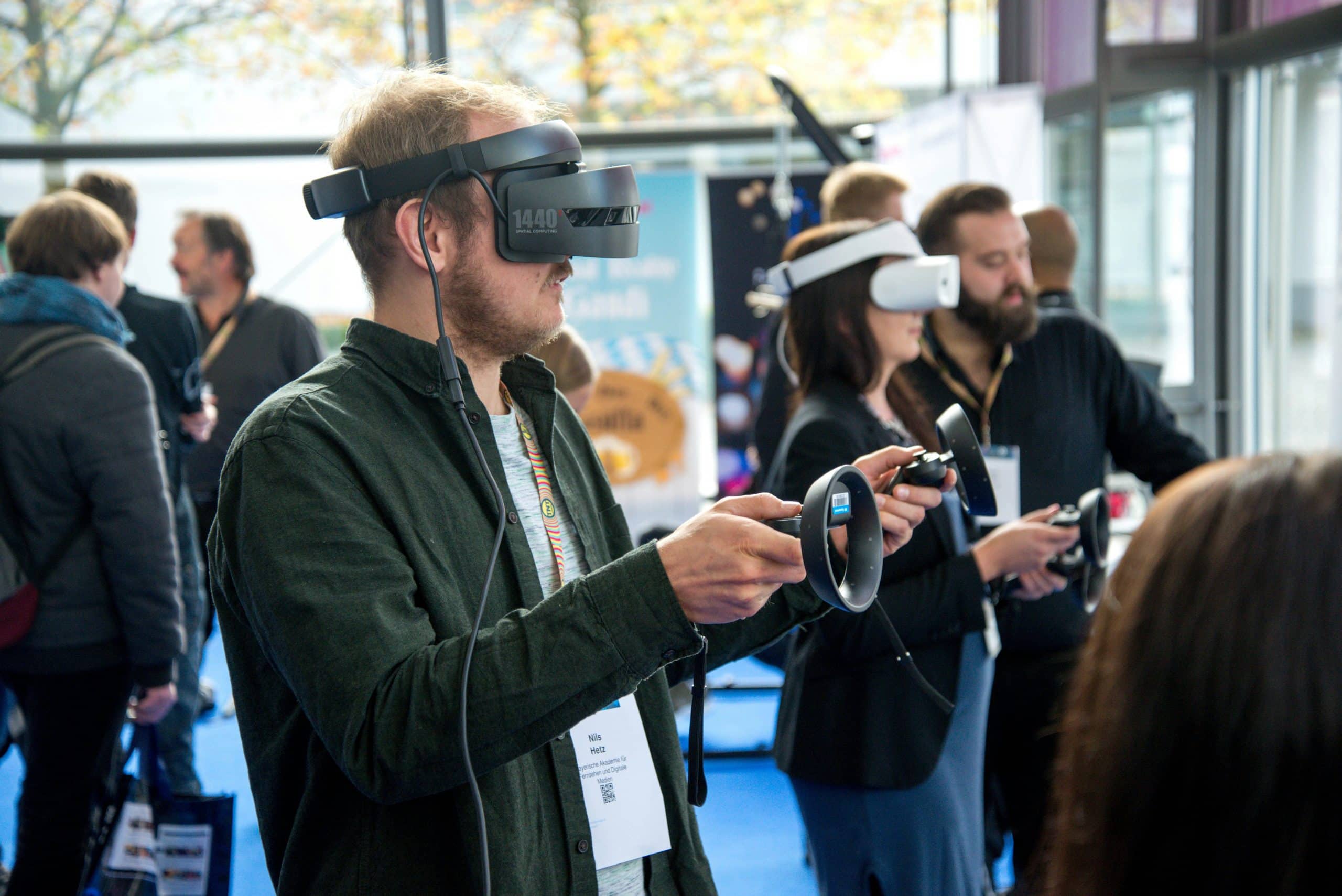
Photo by stephan sorkin on Unsplash
Virtual reality isn’t exactly new technology, but it’s come a long way since the first VR headset, developed by Ivan Sutherland in 1968 (believe it or not).
We’ve seen television and film studios embrace the use of VR headsets in recent years; you can even gaze freely around the Klondike as you watch The Discovery Channel’s Gold Rush with your VR headset.
Virtual reality provides an immersive experience, and it works perfectly in the gaming world, but it creates too many opportunities for distractions that could lead to missing important plot points.
TV shows and movies generally have a strong sense of direction, and the ability to look around freely doesn’t bode well.
Augmented reality became a global sensation with games like Pokemon GO almost a decade ago.
More recently, TV shows have experimented with augmented reality to create a more sensible immersive viewing experience.
More sensible or not, we aren’t sure whether VR and AR will be more than a filmmaking fad, but for now, the experiments will continue.
Reboots
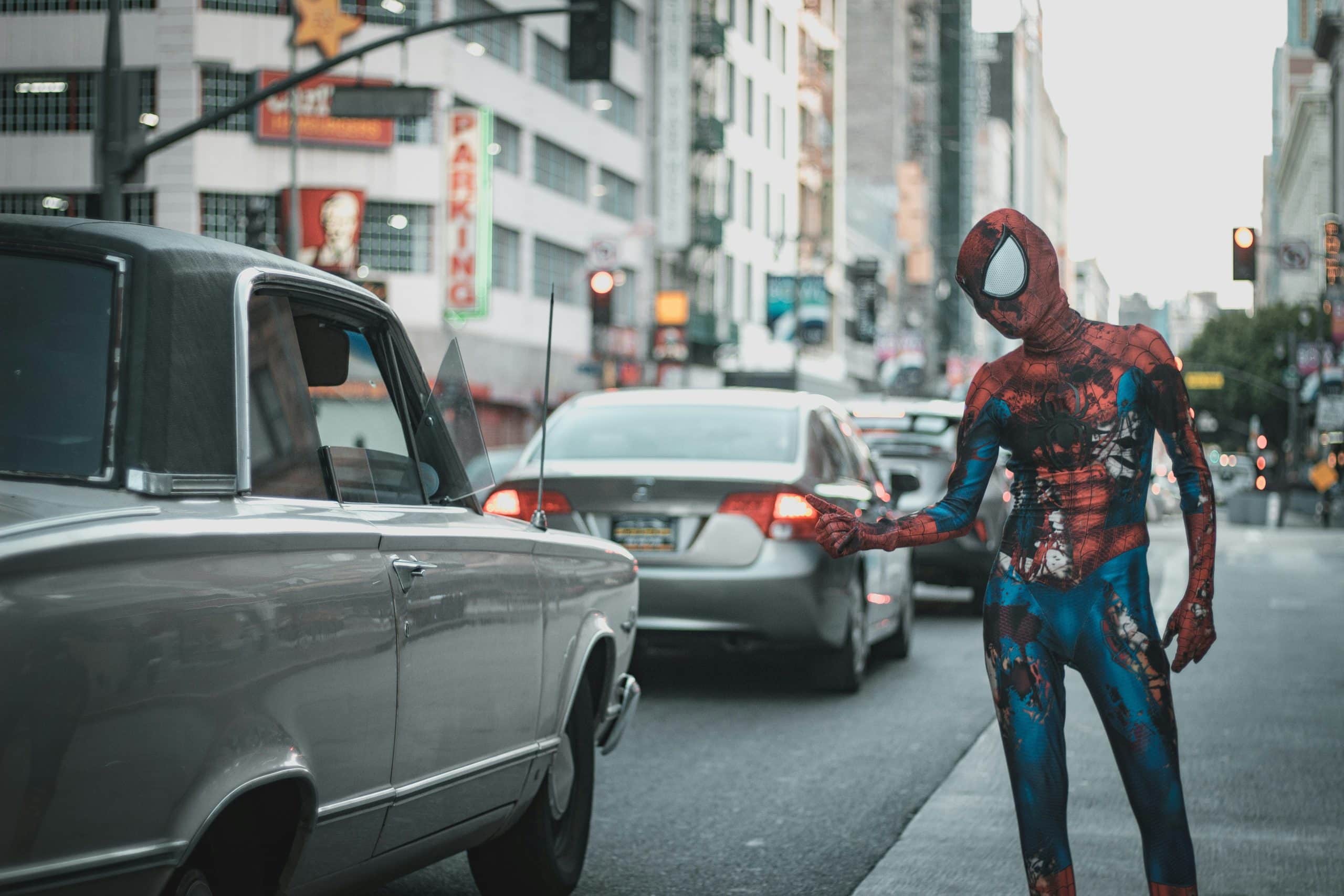
Photo by Judeus Samson on Unsplash
There’s no shortage of terrible movie reboots from Footloose to Roadhouse and beyond.
There’s also nothing like hearing that an all-time classic is about to get the reboot treatment; it leaves you wondering which terrible actor will ruin childhood memories of your favorite scenes.
In fairness, not all reboot actors are terrible, but some things are better left untouched.
So, if you’re hoping to hear that 2025 signals the end of the reboot era, we can’t help you.
With multiple reboots already planned for 2025, including the story of a certain red-caped hero, the reboot trend is here for another while yet.
Need epic music for your superhero action movie? We’ve got it!
Even More Streaming
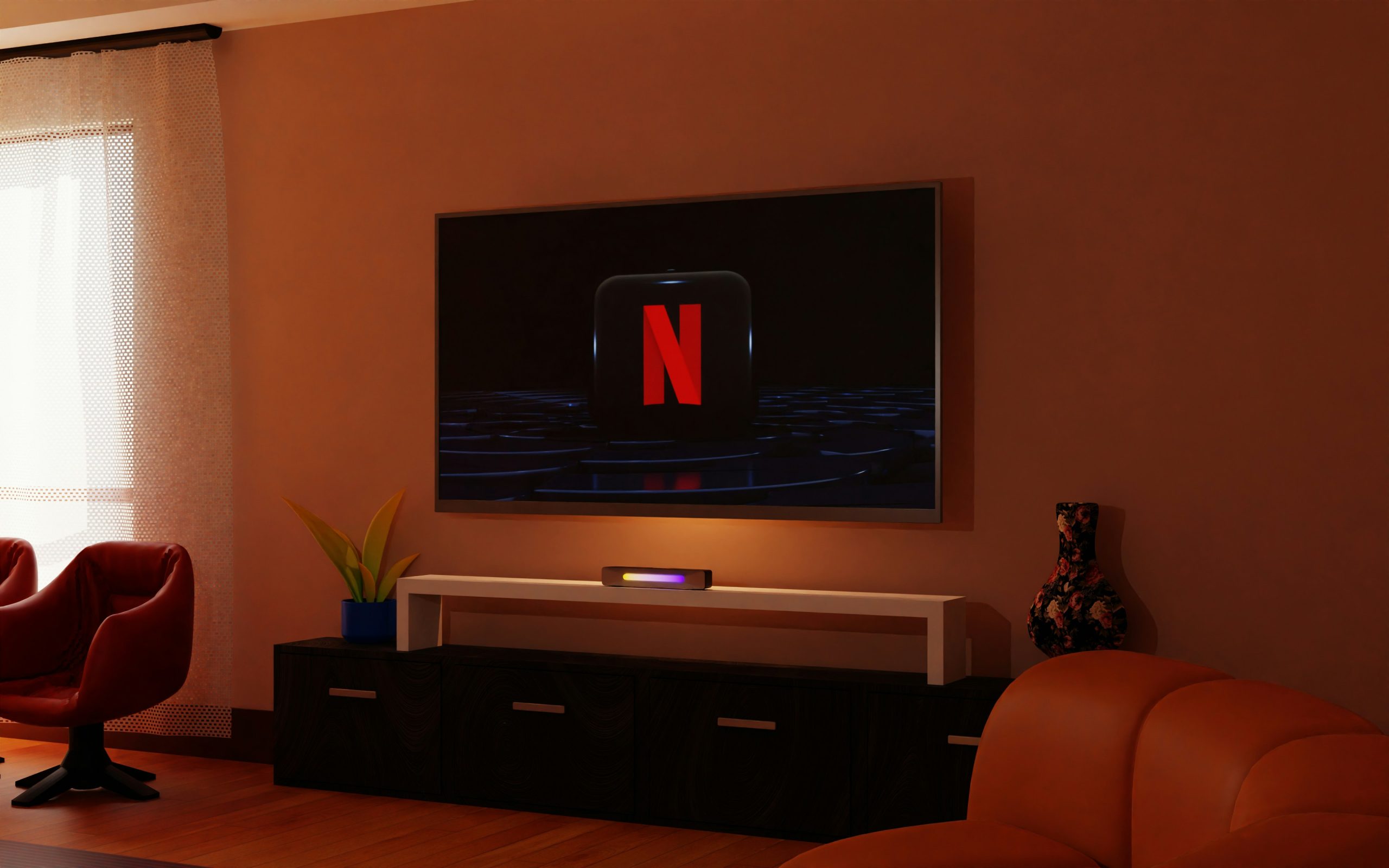
Photo by BoliviaInteligente on Unsplash
Streaming revenues are projected to surpass $165 billion globally in 2025, and while that sounds like plain sailing, there are some obstacles to overcome.
The major streaming services (with the deepest pockets) have consistently gone all out to win the subscriber battle, but that aggressive push for growth can only last so long.
When the market becomes saturated, fighting to keep subscribers often takes more energy than the battle for new subscribers.
With that in mind, most services will shift to a more sustainable strategy, including bundles and ad-supported models.
These new models mean a few things for subscribers: potentially great deals on bundles (like the Disney, Warner Bros Discovery, and Fox combined sports service) and incredibly annoying advertisements interrupting our viewing.
Indie Films
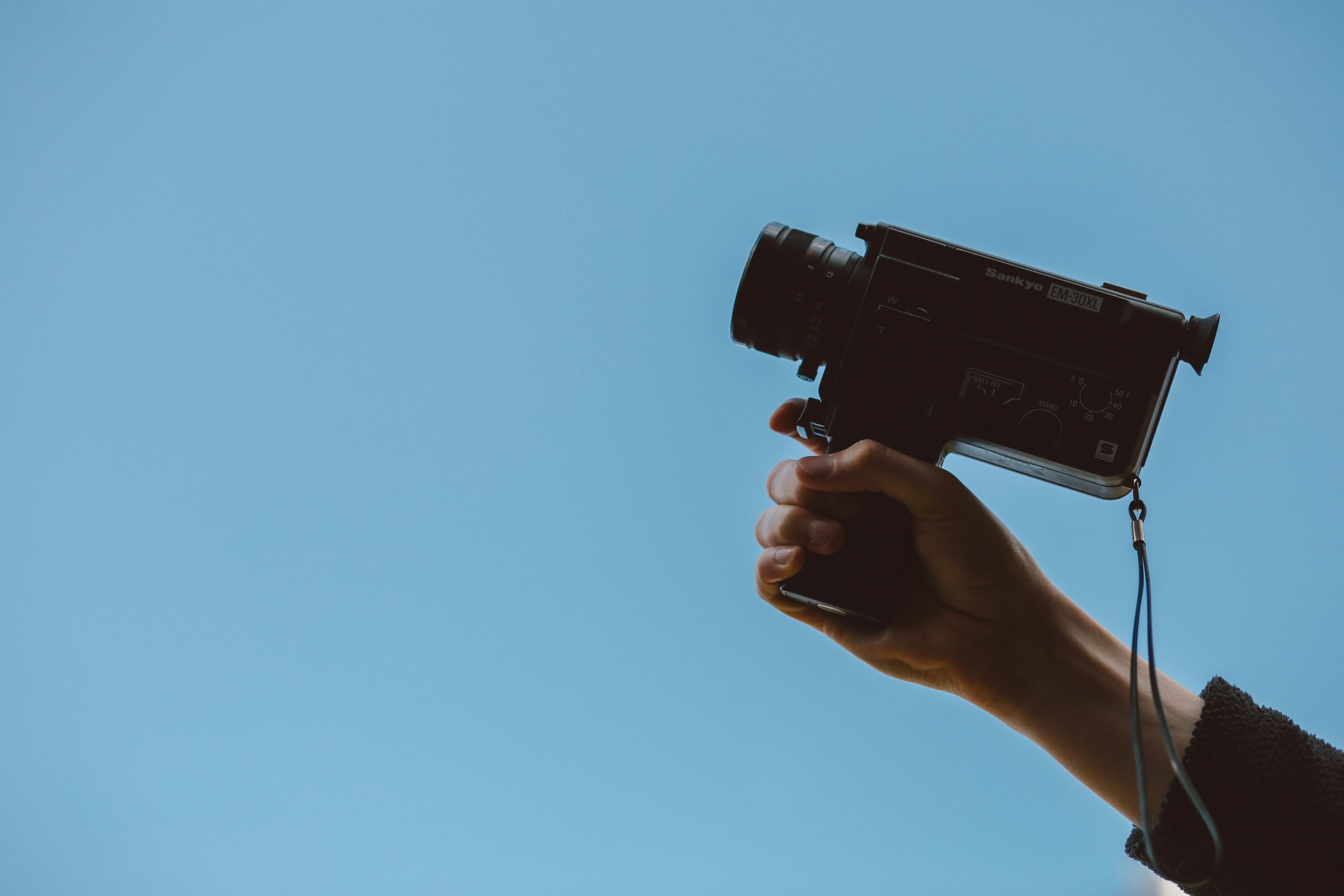
Photo by Thomas William on Unsplash
Indie films are nothing new, but the desire for indie films is most certainly trending upward.
We have access to more movies than ever thanks to an abundance of streaming services, and there’s never been more data to tell the studios what viewers want to see.
While Blockbuster movies always draw a crowd, viewers have become accustomed to the choice, which means studios want more indie films.
Indie films can take risks that big-budget productions cannot because no one wants another Cutthroat Island (1995).
When the risks pay off, they pay off big; just look at 2024’s Palme d’Or award winner, Anora.
2025 will be another year of emerging writing talent and breakthrough performances.
Lofi music and no-budget indie films are a perfect match; check out our catalog of royalty-free Lofi tracks.
The Show Must go on! Theatre’s Make a Comeback
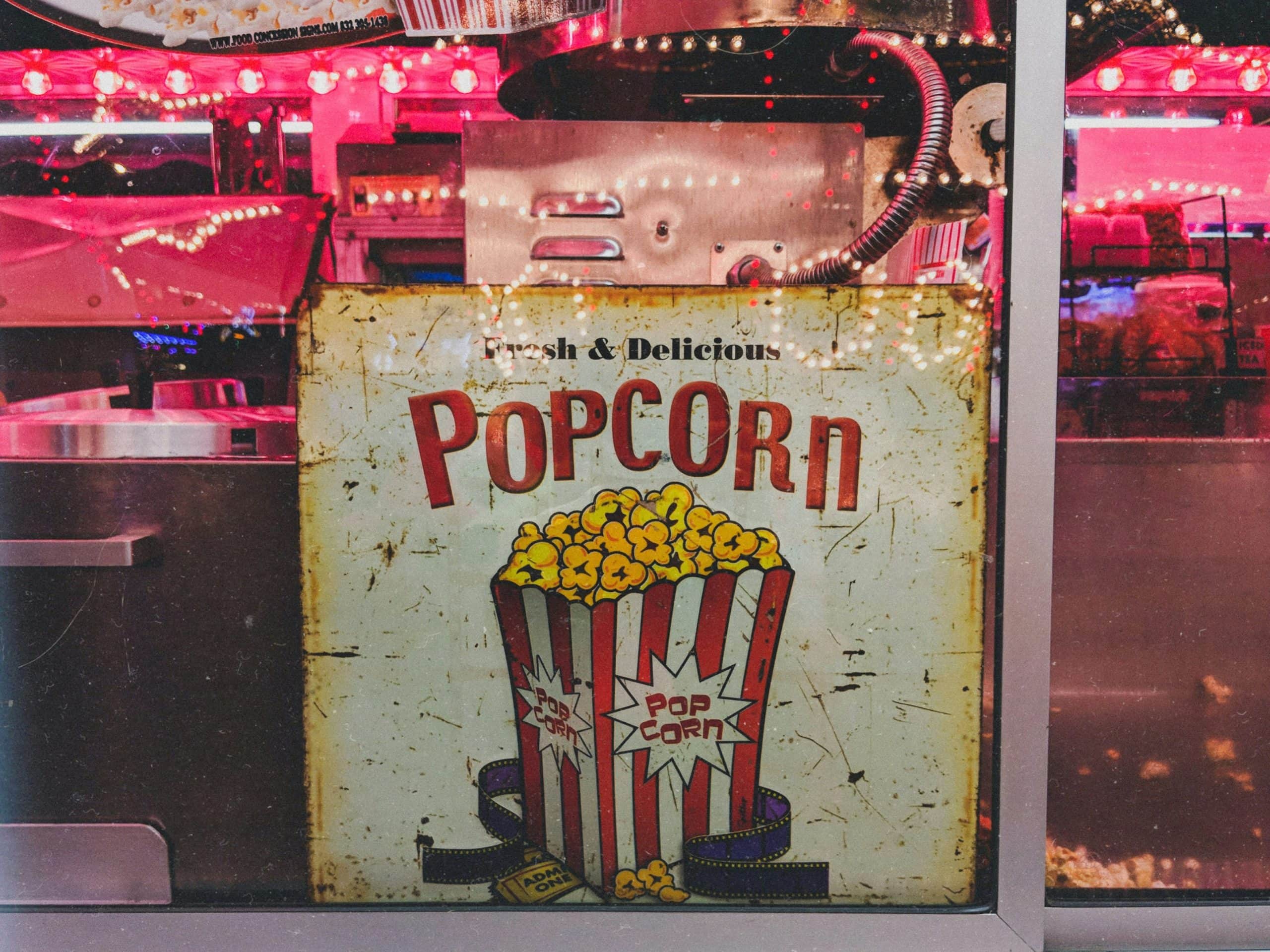
Photo by Rita Vicari on Unsplash
Although still far removed from the golden age of cinema, there’s good news for avid theatre-goers.
Streaming movies from the comfort of your own home is a beautiful thing, but nothing matches the big-screen blockbuster experience.
2024 saw more strike action from SAG-AFTRA (Screen Actors Guild – American Federation of Television and Radio Artists), creating uncertainty around the film industry and all its participants.
Whether or not there’s more trouble ahead, in the short-term, at least, Hollywood can expect more stability.
This stability will usher in a resurgence of the big-screen blockbuster, coinciding with the straight-to-streaming hits.
Diverse Storytelling
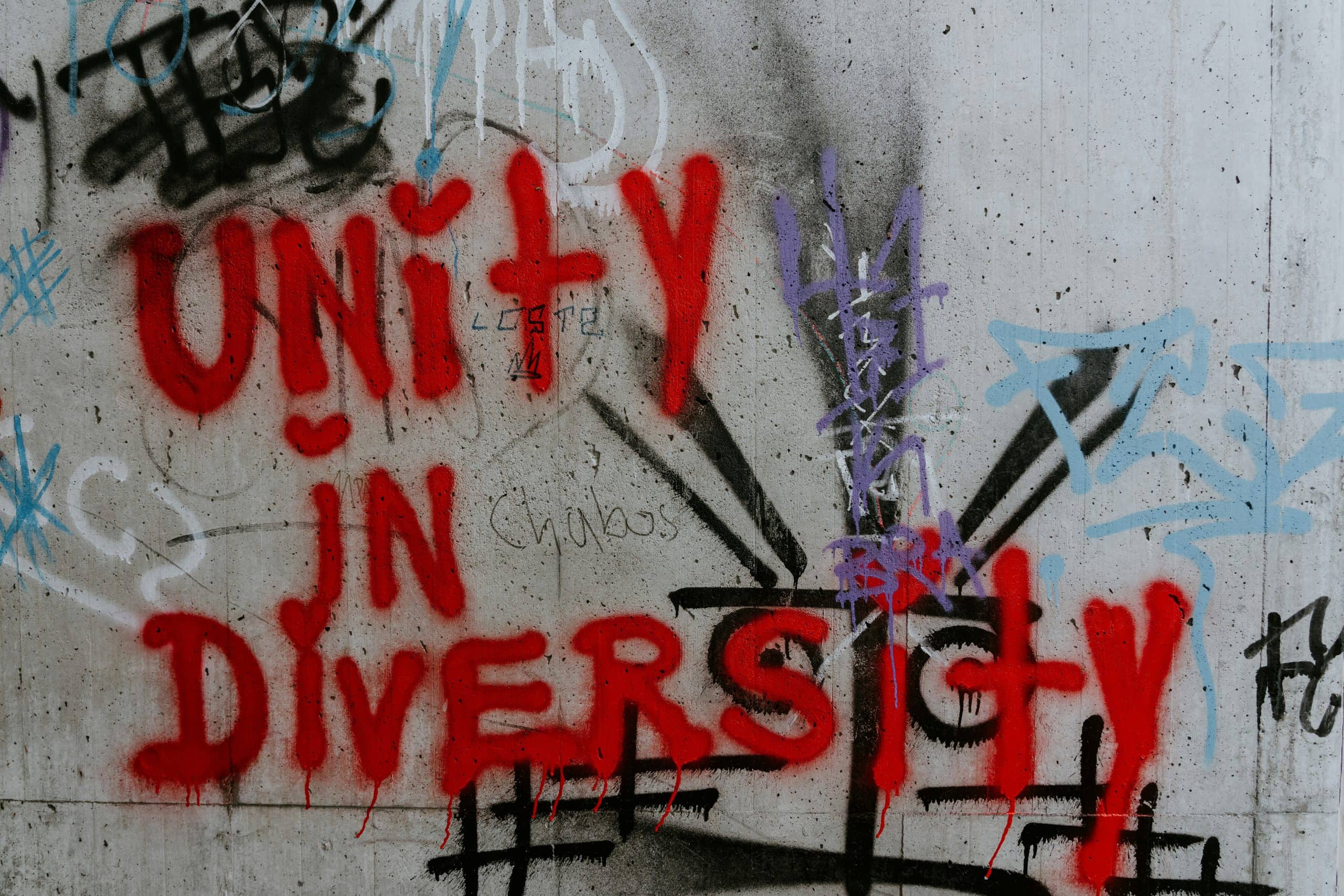
Photo by Claudio Schwarz on Unsplash
This trend is similar to the rise of indie films, except it impacts filmmakers of all budgets.
Hollywood is looking for something different in 2025; people want to hear stories they haven’t heard a million times.
Different doesn’t have to be brand new, but it has to be a perspective that isn’t typical.
As we mentioned, film studios take fewer risks with big-budget projects, and while it’s getting harder to sell viewers the same concept repeatedly, selling them the exact same film is still feasible.
2025 will see much edgier stories hit the silver screen, backed up by an abundance of reboots with characters we have already invested in.
Calculated risks!
Location, Location, Location
Local regulations and tax incentives (not the most exciting topic) are dictating movie locations more than ever.
More productions are UK and Europe-bound, and fewer are filming in the more traditional locations, like California and Georgia.
The changing landscape is convincing streaming platforms to invest heavily in local-language productions.
Europe and APAC lead the growth in non-English productions.
Short Films
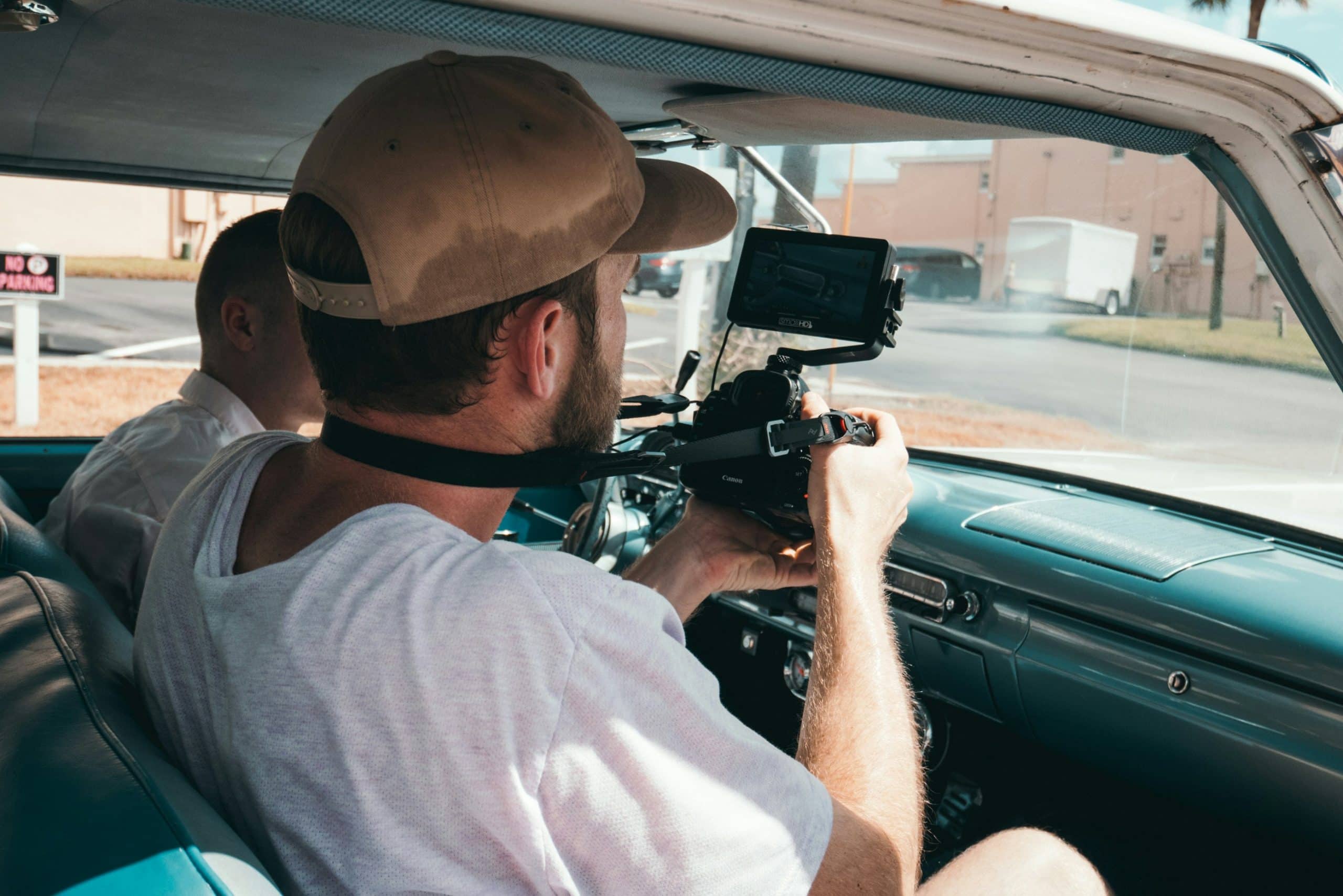
Photo by KAL VISUALS on Unsplash
Social media still plays a leading role in creating, identifying, and utilizing trends across all popular culture.
With that in mind, an audience spanning multiple generations wants more short-form content.
2025 will see short films get more mainstream attention than in previous years.
Less is More
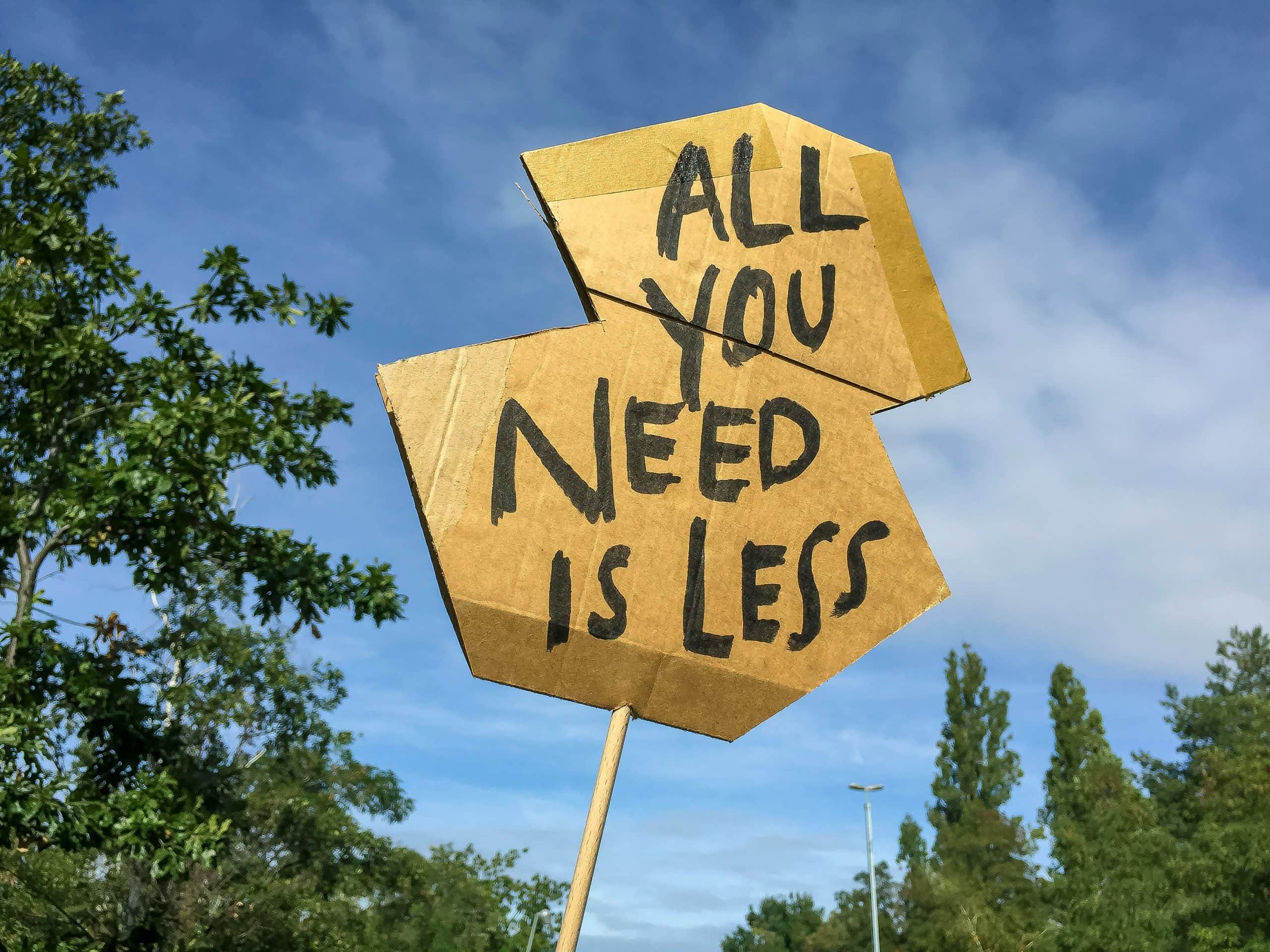
Photo by Etienne Girardet on Unsplash
While storytelling will always be driven by the intent to make people feel a particular emotion, there is a desire for emotional simplicity in 2025.
We won’t say goodbye to the epic tearjerker, but we will say hell to more everyday stories that audiences relate to on a more personal level.
Conclusion
We believe that 2025 will have a bit of everything. Independent and low-budget filmmakers will get more opportunities to grab the headlines, and the big studios will adopt more sustainable strategies, leading to more diverse productions.
AI will feature heavily throughout 2025, but only in a supporting role, as human creativity stands strong.


